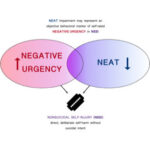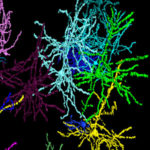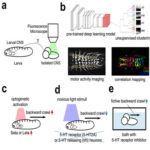Tag Archives:neuroscience
Why do some people self-harm under distress? Harvard study suggests impulse control is key
Future trends in high-resolution 3D visualization of individualized neurons in whole tissues using Synchrotron-based X-ray microtomography: a new world to be explored
Understanding the behavior of fly larvae from neural activities in their isolated central nervous system
武器可以给腿帮助我n rehabilitation of human walking
Non-invasive brain stimulation: how reliably can we change your mind?
Non-invasive brain stimulation is becoming increasingly popular within scientific research. This is because it has the ability to painlessly influence targeted regions of the brain, without the side effects associated with many medications. At first glance, the












